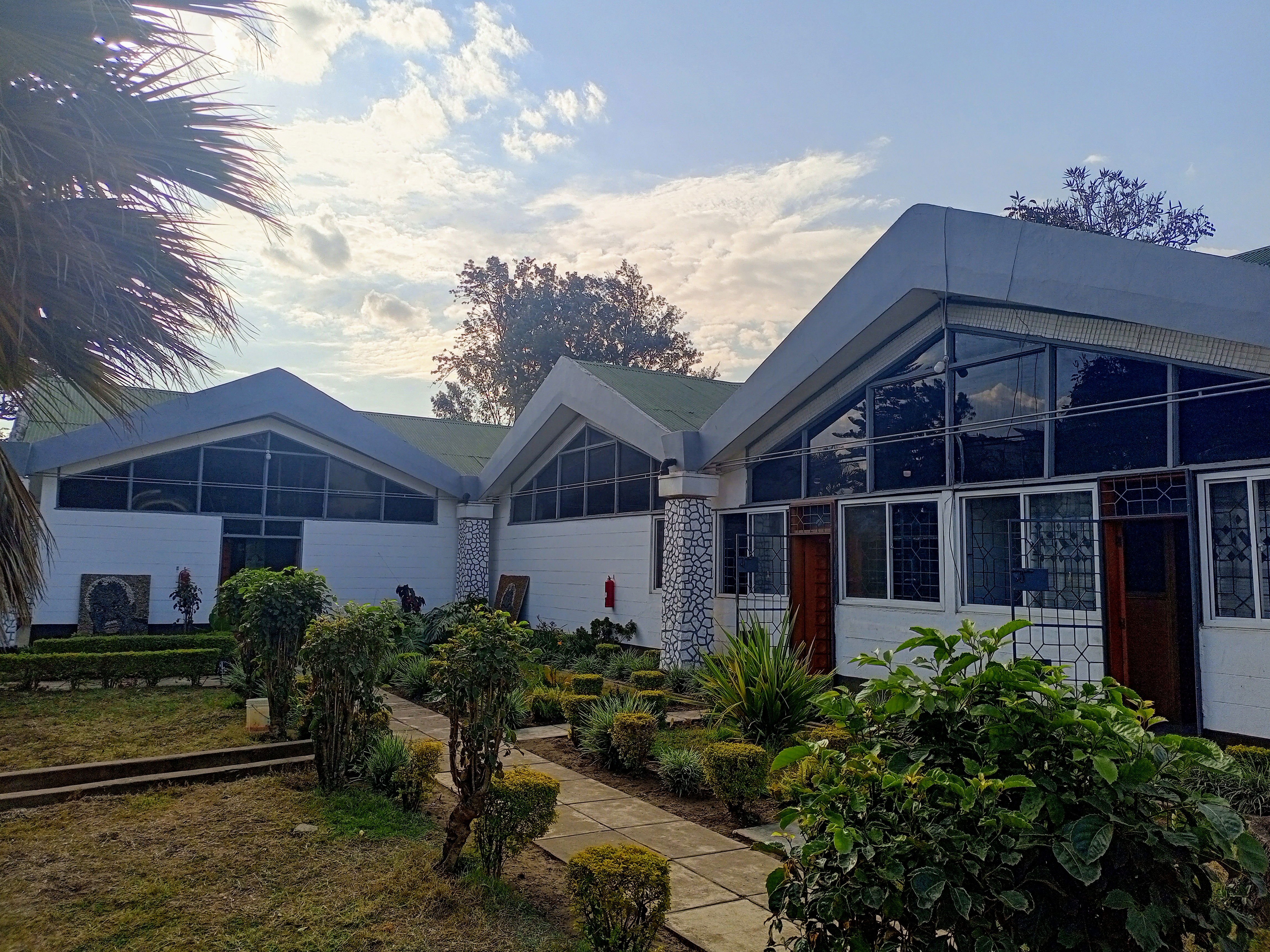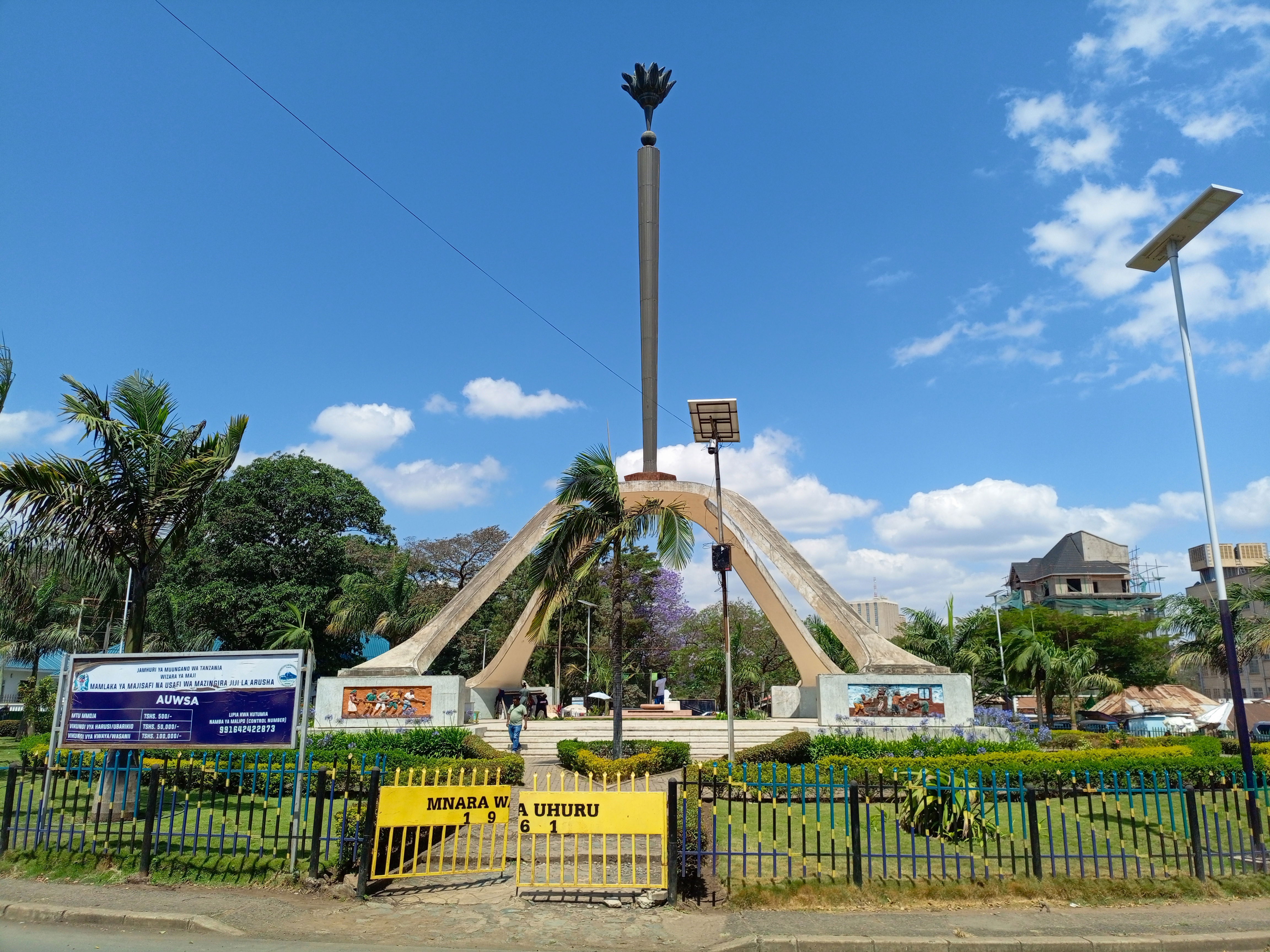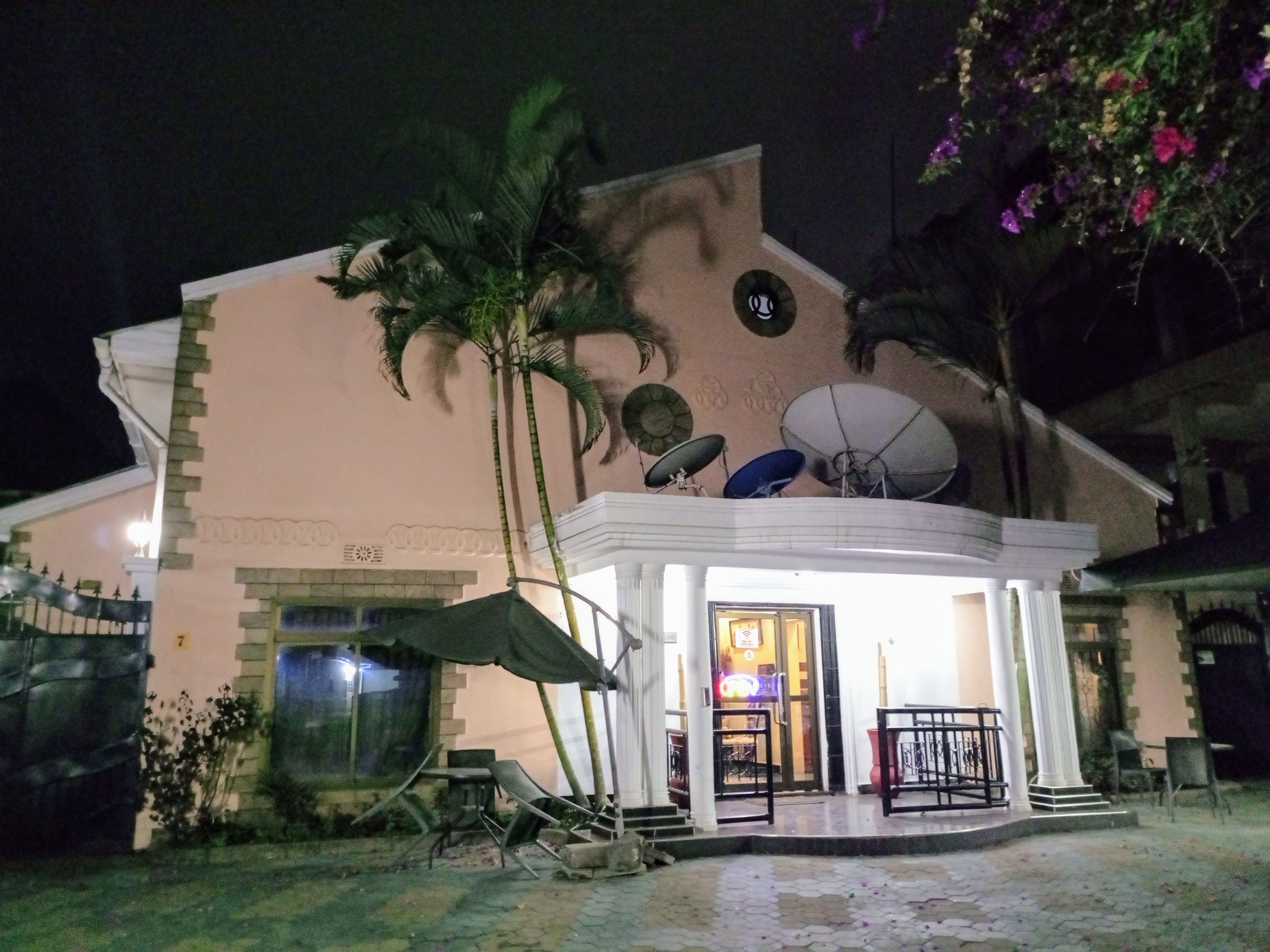Walking Tour of Arusha: One Step at a Time
I woke up in Arusha to the comforting hum of a city coming to life. The call to prayer echoed softly in the distance, followed by the rhythmic clatter of traffic and footsteps outside my window. It was Friday morning, the day before the much-anticipated Land Rover Festival. I had no schedule, no obligations—just an unfamiliar city at my feet and an open mind ready to wander.
I was staying at Sahara Inn, a cozy guest house tucked away in Kaloleni Ward. Its location, at the heart of a bustling quartier, offered a glimpse into the everyday life of an ordinary Arusha resident. After a quick breakfast—African tea and freshly baked chapatis—I set out on foot to explore the city.
I wasn’t after landmarks or bucket-list stops—I wanted to feel the rhythm of the city, hear its voices, smell its kitchens, and follow its pulse. But after a quick glance at Google Maps, I found out that I was standing just a stone’s throw away from the Arusha Declaration Museum. I hadn’t planned to visit a museum, but as a history enthusiast, it felt like the perfect place to begin my exploration.
What I expected to be a brief stop turned into a deeply immersive experience. The museum offers far more than the documentation of the 1967 Arusha Declaration. It also serves as a natural history museum, presenting a wide-ranging overview of Tanzania’s layered past. From the arrival of the Portuguese and Arabs to the German and British colonial eras, from the rise of independence movements to the union of Tanganyika and Zanzibar, the exhibits guided me through centuries of struggle, identity, and transformation. More importantly, what I learned there deepened my understanding of Mwalimu Nyerere’s Ujamaa philosophy.

The Arusha Declaration Museum
Each display gave depth to the journey of a nation, and with every room I entered, I found myself connecting more and more with the people whose daily lives played out around me on the streets of Arusha. My tour guide, well-versed and passionate, answered my endless questions with clarity and precision—painting not just a timeline, but a textured portrait of Tanzania’s past. In a way, starting my day here made perfect sense. Before fully immersing myself in the present-day pulse of Arusha, I had the chance to walk through the echoes of where it had all begun.
When I stepped out of the museum, the morning sun had brightened, casting long shadows across the streets. Just a short walk away stood another piece of history I couldn’t ignore—the Uhuru Torch Monument. Standing tall in the middle of a busy roundabout, the monument is crowned with the symbolic mwenge wa uhuru (the torch of freedom).
Unveiled in 1971, the monument commemorates two monumental milestones in the country’s history: the 10th anniversary of Tanganyika’s independence and the 4th anniversary of the Arusha Declaration. At its heart, the monument isn't just a structure—it’s a statement. The torch atop it represents the powerful philosophy first laid out by Mwalimu Julius Nyerere: that it would shine beyond borders, bringing hope where there was despair, love where there was hate, and dignity where there was humiliation. Standing there, I couldn’t help but reflect on what that meant in 1971, a time when the liberation struggles in Southern Africa were still raging. Tanzania wasn’t just pursuing its own path—it was a beacon for those still fighting to break free from colonial and apartheid rule.
Because of its deep connection to the 1967 Arusha Declaration and its impact on rural development across Tanzania, the monument is also often referred to as the Arusha Declaration Monument. And rightfully so. This wasn’t just a physical landmark—it was a quiet but powerful reminder of a nation's values, aspirations, and its role in the wider African struggle.

Uhuru Torch Monument
From the Uhuru Torch Monument, I continued my unhurried walk through Arusha, letting the city guide me one landmark at a time. Not far off stood one of Arusha’s most iconic points—the Clock Tower Monument. Unlike the bold symbolism of the torch, the Clock Tower had a quieter charm, yet it held its own kind of mystique. Locals say it marks the geographical midpoint between Cairo and Cape Town, making it a symbolic point on the continent’s great north-south axis.
When I left the Clock Tower Monument, I wandered down toward the Central Market, drawn by the buzz of activity and the promise of something fresh. Although I didn't have access to the kitchen, I needed to buy some fruits. More than that, I was craving the texture of everyday life—the kind that markets always seem to deliver best. The moment I stepped in, I was greeted by a burst of color, sound, and scent.
There was a familiar energy here—something I’ve felt in markets across Africa. It’s in the way people negotiate with laughter, in the rhythm of footsteps on the ground, and in the thick, unfiltered humanity that pulses through every aisle. Markets like this are more than places of trade—they’re social hubs, storytelling spaces, and cultural mirrors. While in the market, I caught the vibe of the people: lively, hardworking, warm, and expressive. There’s no better place to feel the soul of a city than in its market. With my bag of fruits in hand and a heart full of impressions, I left the market with more than just something to eat—I carried a deeper sense of connection to the city and its people.
With the late afternoon sun casting a golden hue over the city, I jumped on a bodaboda and returned to Sahara Inn. Later, my host at the guest house would help turn them into simple, refreshing additions to my meals.

Sahara Inn
As night fell, the city’s rhythm shifted once again. I made my way to Arusha City Pub, a lively spot just a short walk from the inn, to catch up with an old friend—someone I hadn’t seen since our high school days. What started as a casual reunion turned into hours of laughter, memories, and stories that bridged decades in an instant. Sitting there, drink in hand, catching up with someone from a different chapter of my life, I felt grounded—grateful for the journey, the company, and the city that had welcomed me with open arms. It was the perfect ending to a day that began with curiosity and ended with unexpected connection. The festival would begin on Saturday—but on Friday, Arusha had already given me more than I could’ve hoped for.